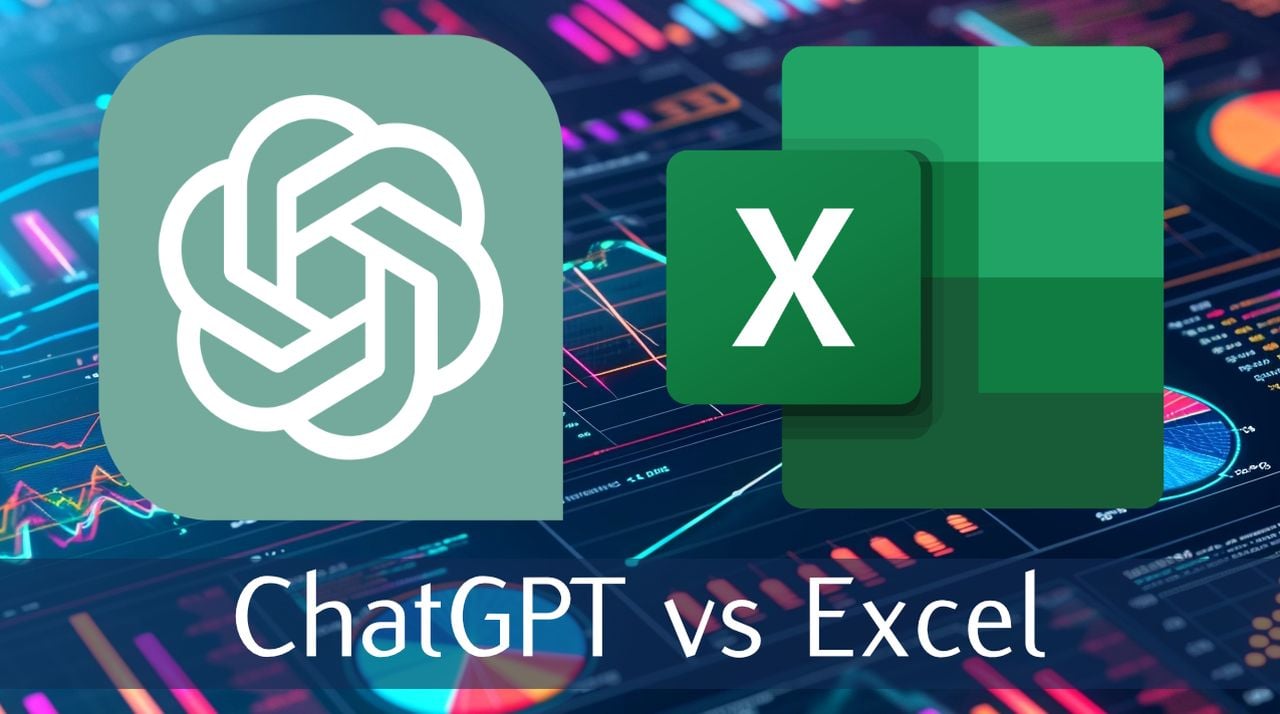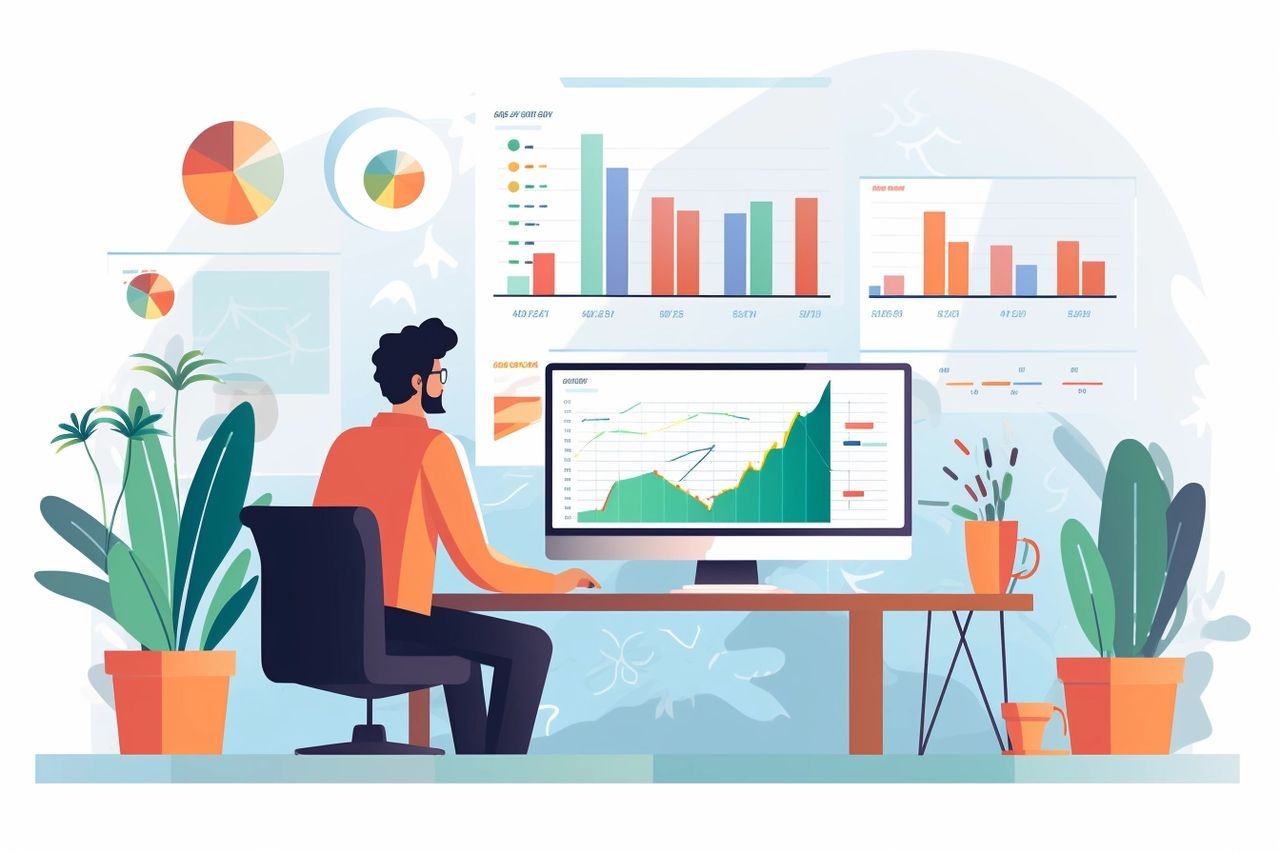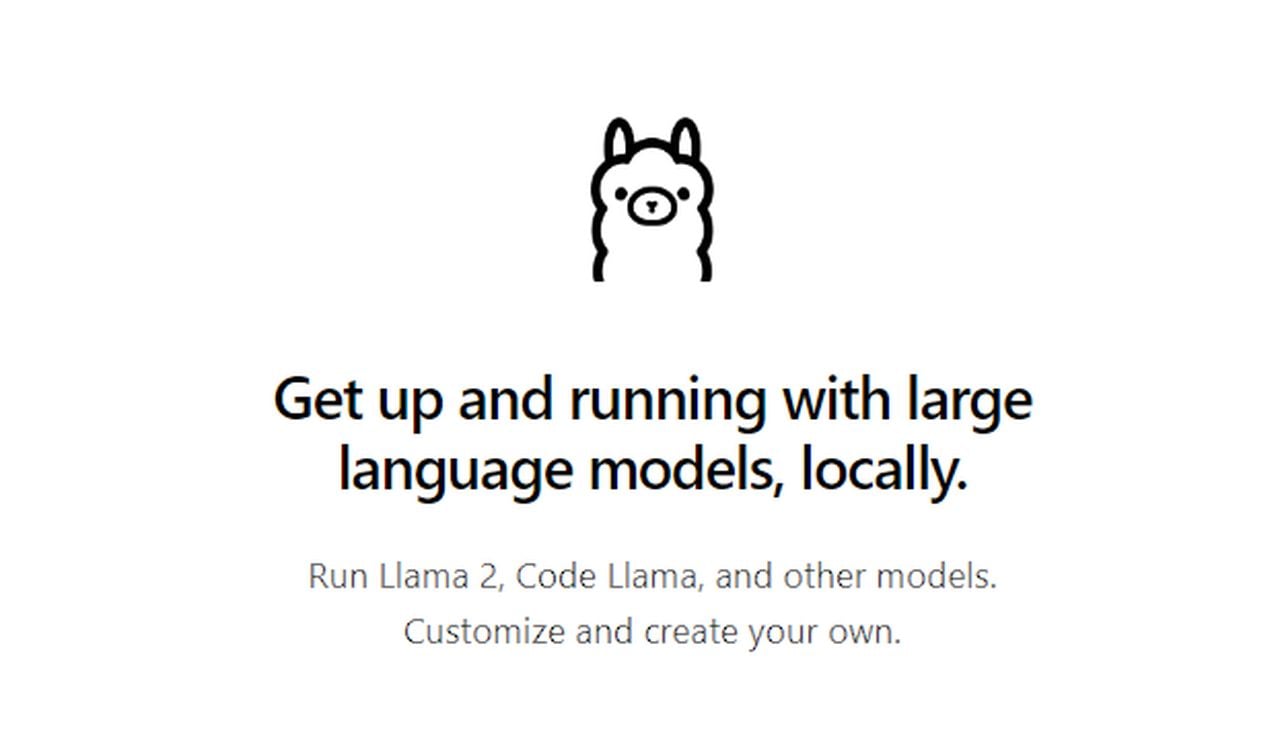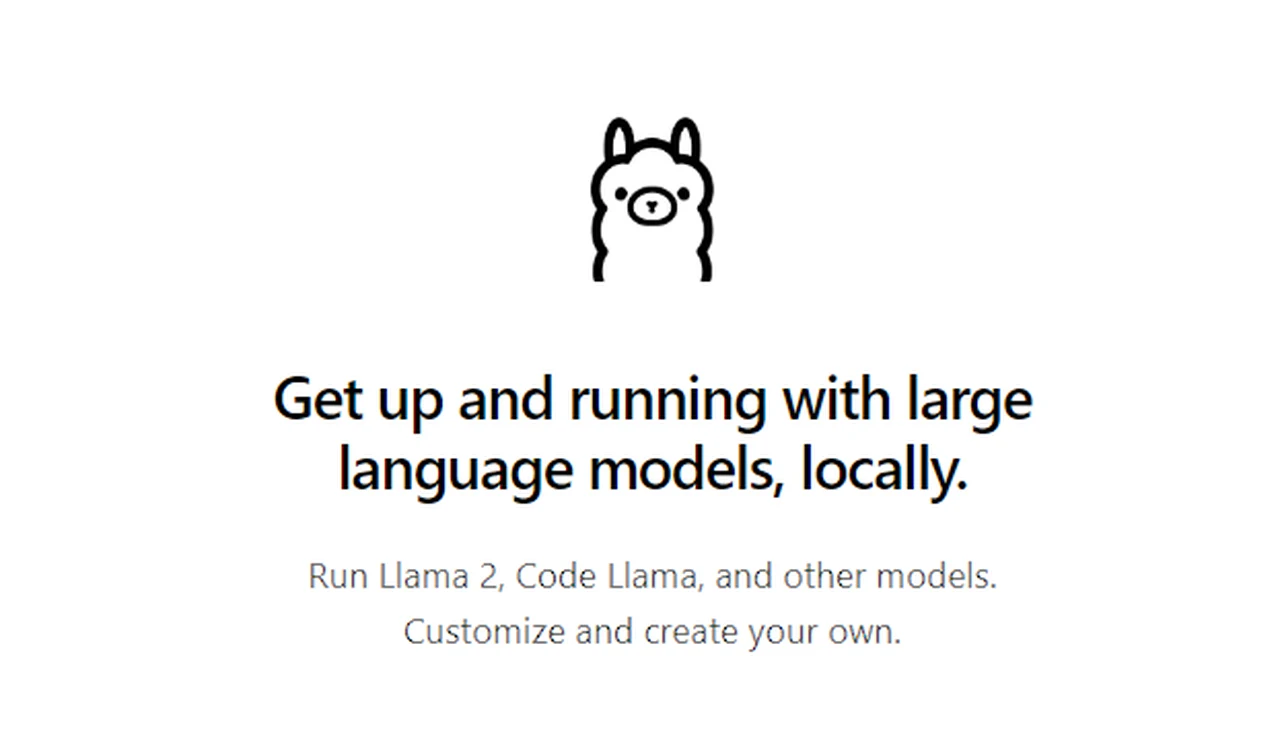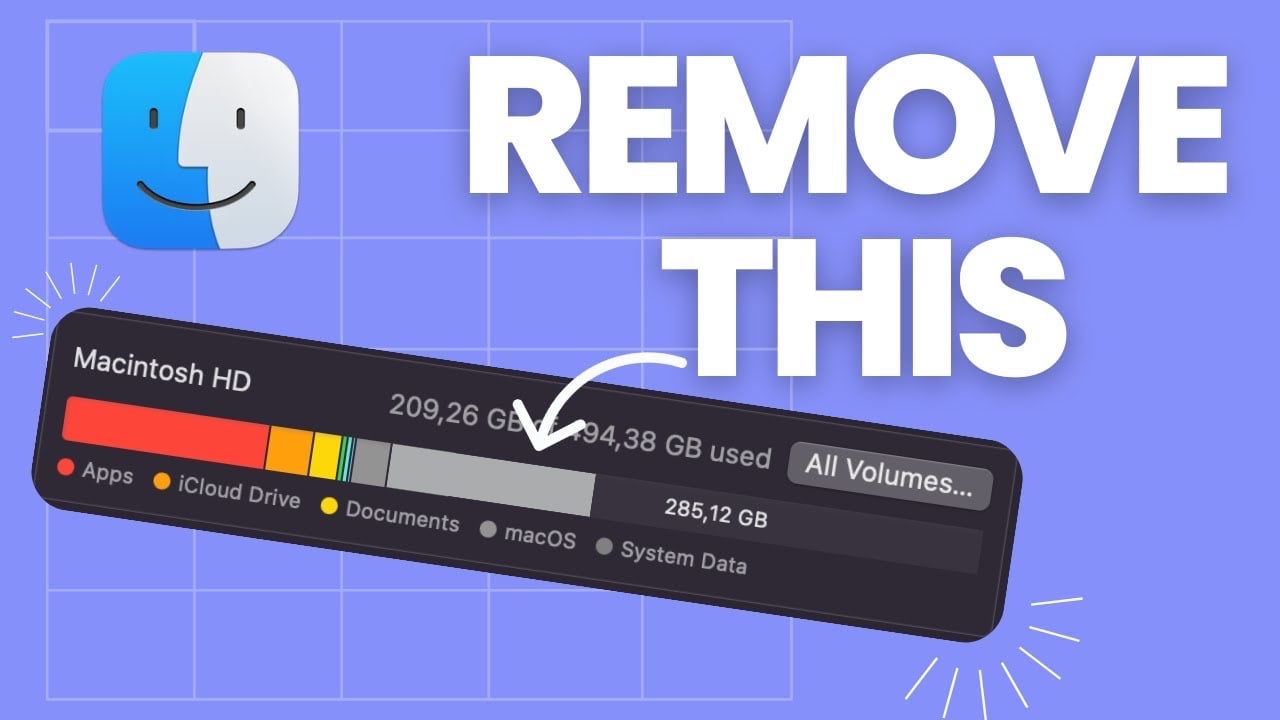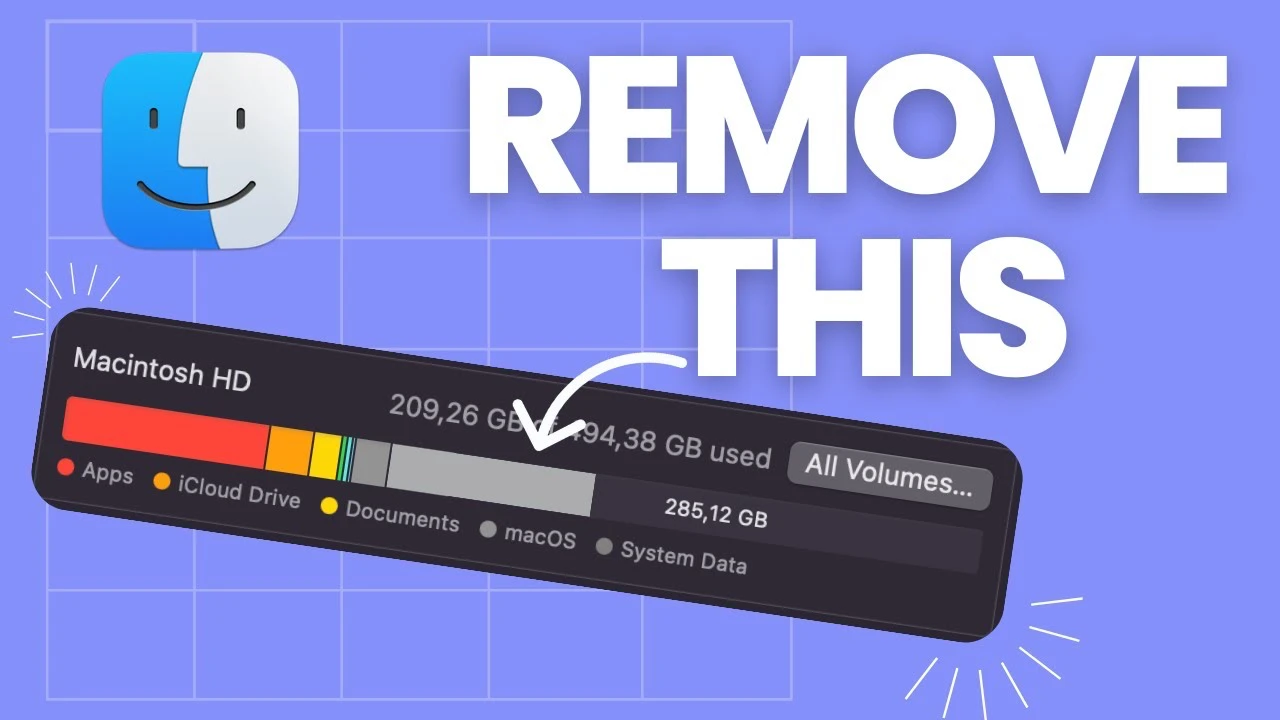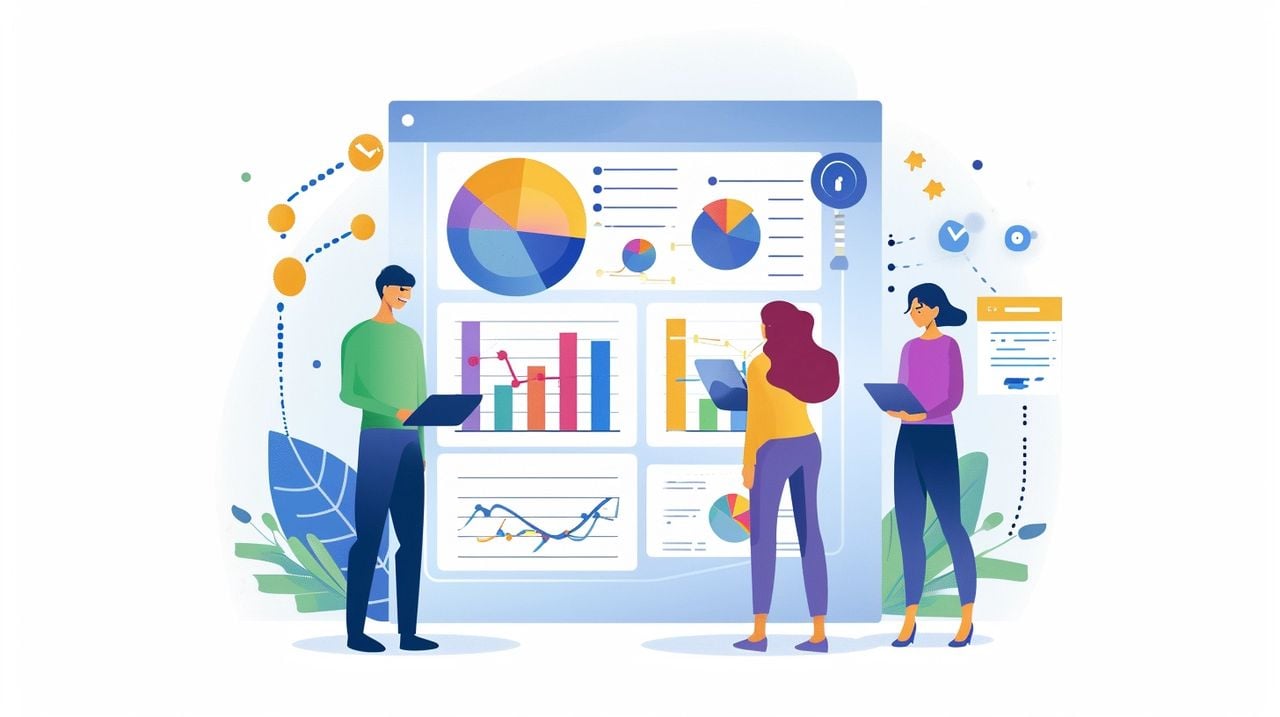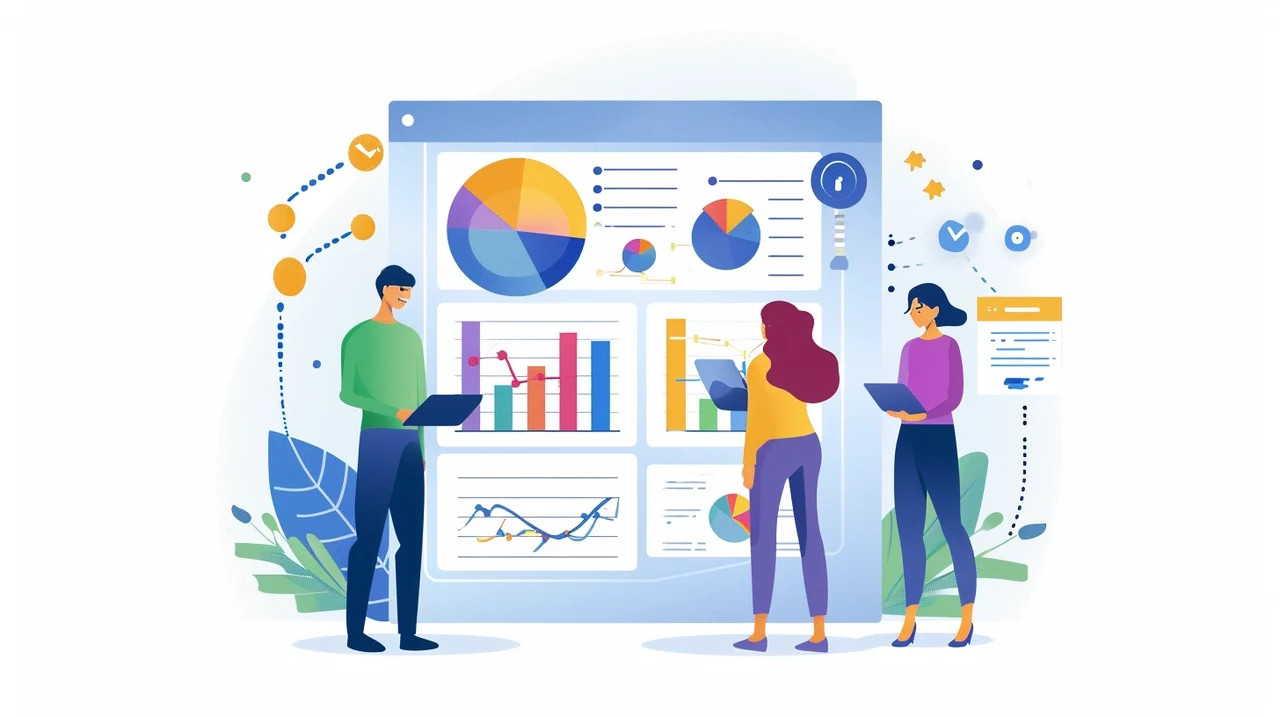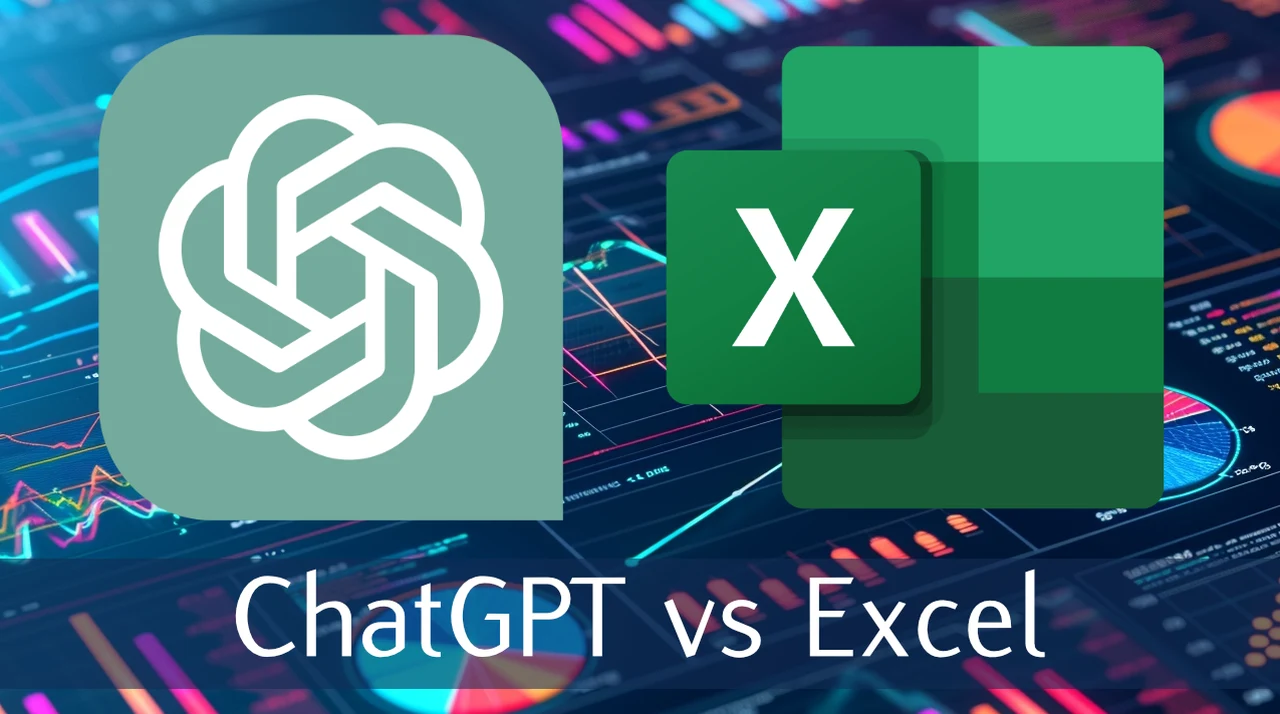
Over the last 18 months artificial intelligence has exploded into our lives already transforming many applications and services that we use everyday. Now with the OpenAI custom GPT Store and the availability to create your own custom GPTs very easily. ChatGPT and other AI models are now eating into areas that previously required extensive knowledge of applications and processes for. One example is the new ChatGPT Data Analyst custom GPT available in the OpenAI GPT Store and has been designed to replace the need for knowledge of Excel functions, such as pivot tables and more. Making it even easier for you to analyze important data about your business, investments or personal life
OpenAI’s ChatGPT large language model stands out for its ability to handle complex data sets with ease. It uses advanced algorithms to navigate through large volumes of data, identifying patterns and trends that might be difficult for humans to spot. Whether it’s understanding customer behavior or analyzing sales data, ChatGPT can do it all. Its analytical skills are so comprehensive that it’s like having a seasoned data analyst at your disposal.
For those looking to maximize the potential of ChatGPT, a premium subscription is available. This subscription gives users access to customized GPT models that are specifically tailored to their data analysis needs. It’s like having a personal data analyst who is ready to tackle any challenge you throw their way.
ChatGPT Data Analyst
Check out the video created by Kevin Stratvert to learn more about the differences between Excel and using the OpenAI ChatGPT Data Analyst custom GPT created by the team at OpenAI are now available from the OpenAI GPT Store.
Here are some other articles you may find of interest on the subject of analyzing large amounts of data using artificial intelligence :
Once you have your subscription, you can start uploading data into ChatGPT. The process is straightforward: you provide the AI with Excel files, and it begins to process the information. It can handle a variety of data, from customer details to transaction histories, and turn these numbers into actionable insights.
ChatGPT’s skill with Excel is particularly noteworthy. It can navigate through spreadsheets with ease, identify key pieces of data, and answer both simple and complex queries. For example, if you need to know who your top customer was in the last quarter, ChatGPT can quickly find that information for you.
But ChatGPT’s talents don’t stop at data processing. It can also create visual representations of data, such as bar charts, which make it easier to understand complex information at a glance. If these visuals need to be adjusted, ChatGPT can modify them to better suit your needs.
Another area where ChatGPT excels is in forecasting and trend analysis. It’s not just about understanding what has happened in the past; ChatGPT can also predict what might happen in the future. By recognizing patterns in your data, it can provide forecasts that help you prepare for what’s to come.
To get the most out of ChatGPT as a data analyst, it’s crucial to ask the right questions. The key is not in mastering data analysis tools but in knowing how to formulate inquiries that prompt ChatGPT to dig deeper and uncover more profound insights. This means that even those with limited data expertise can use AI to gain a better understanding of their information.
ChatGPT vs Excel
1. Capabilities
ChatGPT Data Analyst Custom GPT:
- AI-Powered Analysis: Utilizes advanced AI algorithms to understand and process data queries, making it capable of handling complex data analysis tasks without requiring the user to have in-depth technical knowledge.
- Natural Language Processing (NLP): Users can ask questions in natural language, making it accessible to those without a background in data science or Excel.
- Versatility: Capable of performing a wide range of tasks, from simple data lookups to complex analysis involving multiple data sources and types.
- Dynamic Visualization: Can generate visual representations of data analysis results, such as bar charts, with the ability to customize aspects like color and format based on user requests.
Microsoft Excel:
- Comprehensive Toolset: Offers a vast array of built-in functions, formulas, and tools for data analysis, including pivot tables, charts, and conditional formatting.
- Granular Control: Users have fine-grained control over data manipulation and presentation, allowing for detailed customization of analyses and reports.
- Data Management: Strong capabilities in organizing, filtering, and sorting large datasets, with features such as Power Query for data import and transformation.
- Visualization: Excel supports a wide range of charts, graphs, and pivot charts, with extensive customization options.
2. Ease of Use
ChatGPT Data Analyst Custom GPT:
- User-Friendly: The ability to interact through natural language reduces the learning curve, making it more accessible to users without technical expertise.
- Fast Setup: Requires minimal setup, as users can simply type questions and get insights almost immediately without navigating complex interfaces.
Microsoft Excel:
- Learning Curve: Excel has a steeper learning curve, especially for advanced features like pivot tables and complex formulas, requiring training or prior knowledge.
- Flexibility and Precision: While it offers greater control, this also means that users must know exactly how to manipulate the tool to extract the desired insights.
3. Flexibility and Integration
ChatGPT Data Analyst Custom GPT:
- Integration with Other Data Sources: Potentially limited by the platform’s current capabilities and access rights, requiring data to be uploaded or manually inputted.
- Customization: While AI can generate custom analyses and visualizations, there may be limitations compared to the depth of customization available in Excel.
Microsoft Excel:
- Integration Capabilities: Excel integrates well with other software and databases, allowing for direct data import and analysis.
- Highly Customizable: Offers in-depth customization for data analysis and reporting, catering to a wide range of professional needs.
4. Potential Applications
ChatGPT Data Analyst Custom GPT:
- Ideal for users needing quick insights without the necessity for deep dives into the data or for those lacking the technical skills to use Excel effectively.
- Suitable for generating easy-to-understand explanations and visualizations of data trends and patterns.
Microsoft Excel:
- Excel remains the tool of choice for detailed data analysis, financial modeling, and situations requiring precise control over data manipulation and presentation.
- Preferred in professional settings where data analysis needs to be in-depth and highly customized.
The choice between ChatGPT vs Excel depends on the user’s needs, skill level, and the complexity of the data analysis required. ChatGPT Data Analyst excels in accessibility, ease of use, and quick insights, making it suitable for users who need straightforward answers or lack data analysis skills.
Microsoft Excel, on the other hand, offers unparalleled depth and control, catering to professionals who require detailed, customized data analysis and reporting. The future of data analysis may increasingly involve a blend of both AI-driven insights and traditional data manipulation tools, leveraging the strengths of each according to the task at hand.
ChatGPT is reshaping the landscape of data analysis. With a premium subscription, users can unlock tailored GPT models that can dissect data, respond to inquiries, generate visual aids, and anticipate trends. The power of data analysis now lies in your ability to ask ChatGPT the right questions, which opens the door to the insights you need. Embrace this new approach to data analysis with ChatGPT and turn the tide of data to your advantage.
Filed Under: Guides, Top News
Latest timeswonderful Deals
Disclosure: Some of our articles include affiliate links. If you buy something through one of these links, timeswonderful may earn an affiliate commission. Learn about our Disclosure Policy.

